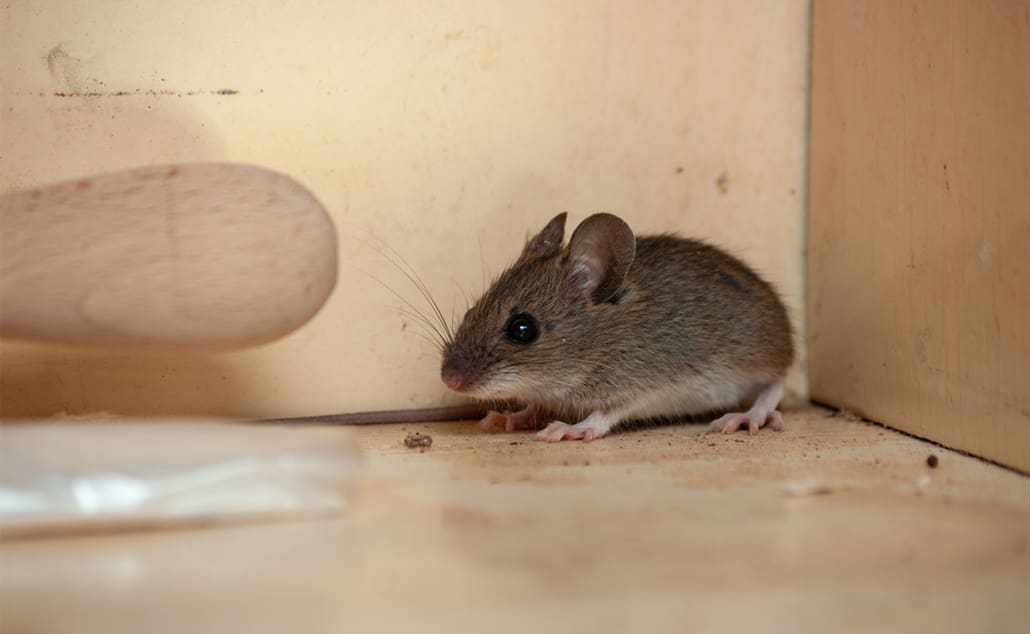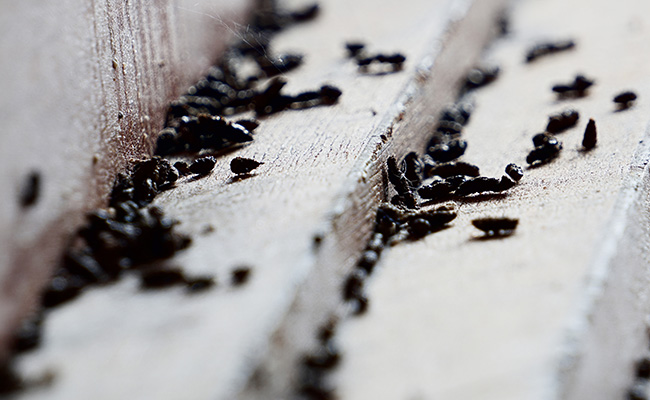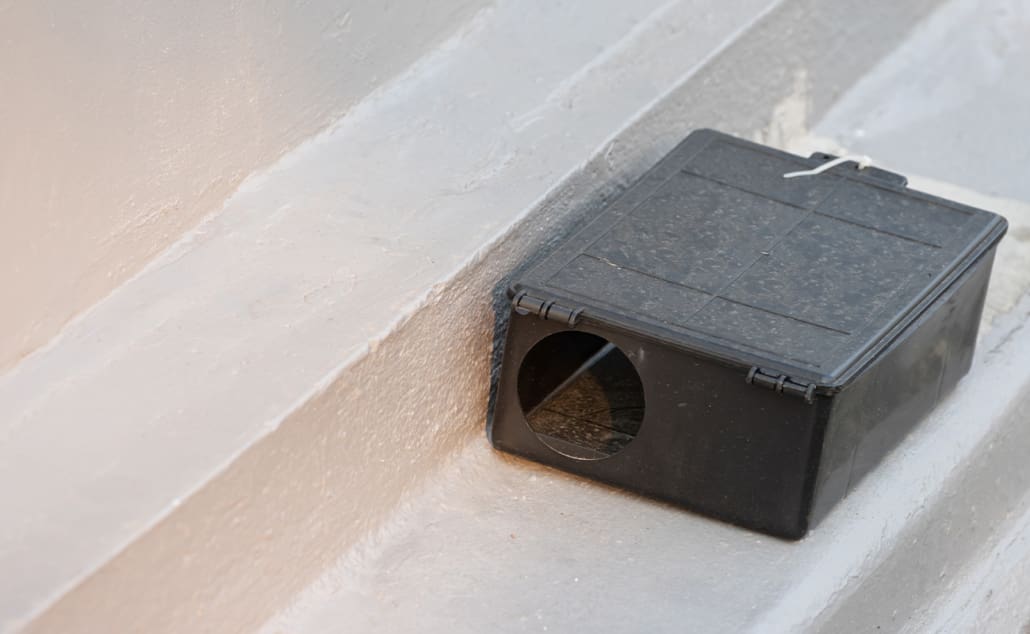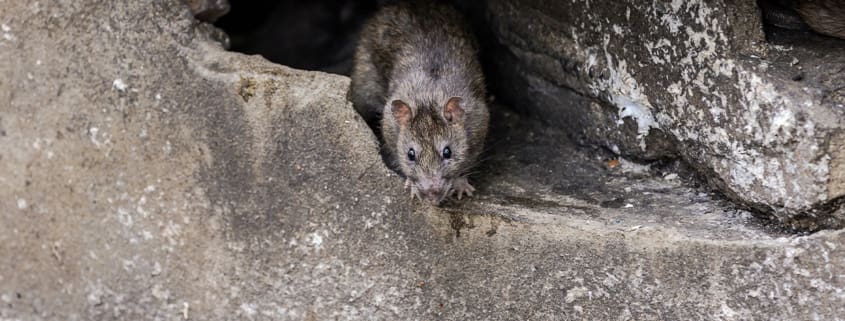How To Tell The Difference Between Mice and Rats: Which Rodent Is Invading Your Home?
Do you know how to spot the difference between mice and rats? Knowing how to tell if you have rats or mice is key to keeping your home rodent-free.
Generally in the Pacific Northwest, rats and mice become more active when the temperature cools down near the end of summer and early fall. A drop in the weather’s temperature signals these pests to look for warm spaces to reside in as the seasons change. Although mice and rats do not hibernate, they do seek out a promising shelter to provide protection and warmth throughout the winter.
If you suspect that mice and rats may be active on your property or home, call a professional pest control service, like Pest Pros, to investigate the problem before it’s too late.
Mouse vs. Rat
While the similarities between mice and rats are physically apparent, the differences between mice and rats are also evident – if you know what to look for.
Rats are typically much larger than mice and appear to have more coarse hair on their body. Mice are often smaller and have fluffier hair. Aside from physical appearance, the size of animal droppings is used during mouse identification and rat identification. Unsurprisingly, rat droppings are much larger than mice droppings.
Behaviorally, mice are more curious and less savvy than rats – leaving them more vulnerable to be trapped than rats.
Rats and mice do not share the same appetite. Each pest will scavenge for different types of food and will consume different amounts of food.
While both rodents present a clear and present concern to your home’s structure and your health, rats are often a more significant threat due to their increased size and strength.
Types of Mice
Common types of mice found in the Pacific Northwest are deer mice and house mice.
Deer mice are about 4-inches long, have prominently large ears compared to other mice and have darker fur on the top of their bodies and ears. They may also be distinguished by their white-colored underbelly.
The house mouse, most commonly spotted in and around houses in the Pacific Northwest, is smaller than a deer mouse – reaching only 3 inches long without measuring its long slender tail. A house mouse typically has light brown-colored fur all over its body, medium-sized ears, and a pointy head.
Mouse Identification
Knowing how to tell if you have mice in your home can help you understand what type of pest infestation you may encounter in or around your house.
Mice are only 12 to 20cm long, including their long and thin tails. They are known to have floppy and large ears compared to their body size. A mouse’s whiskers are long and their snouts are triangular. They range from having white, brown, and grey hair. Mice are tiny and weigh little compared to other larger pests.
Mice, a crucial animal in every ecosystem, are territorial and naturally timid yet social creatures. Mice are skilled and active climbers who will prove as such if they infiltrate your home.

Types of Rats
The two main types of rats you may see in your Pacific Northwest house are Norway rats and roof rats.
Norway rats, also known as brown rats, are large in stature; averaging 16 inches in length including their tail. Their ears are average size compared to their body. Norway rat’s hair is typically coarse and grey or brown-colored.
Roof rats, also referred to as black rats, are similar in length to Norway rats however are more slender and smaller. Their hair is coarse and is usually black or dark brown-colored. Roof rats like to climb – leading them to explore rooftops, upper levels of buildings, and trees.
Norway rats and roof rats are both known for their long tails that span longer than their body and head combined.
Rat Identification
If the pest you encounter is larger than your fist, it’s likely a rat. They are notably heavier than mice. A rat’s hair is much more coarse than a mouse’s hair and their long tails will appear hairless.
Rats are known to stay in close proximity to where they find shelter and nest, only leaving to find food, water, and protect their territory. If you have pests scurrying across your kitchen floor during the night, you may be dealing with a rat infestation.

How To Tell If You Have Rats or Mice
Physical Appearance
- Mice are small and have fluffy hair on their body.
- Rats are larger than mice and have coarse hair on their body.
Droppings
- Mice produce more waste droppings than rats.
- Rat waste droppings are larger in size than mice waste droppings.
Location
- Mice climb and hide in smaller areas like attics, ceilings, and walls.
- Rats remain in low areas near the ground such as crawl spaces and sheds.
Signs of Damage
- Mice chew through small wires and cables.
- Rats chew through wires, cables, containers, pipes, and other structural materials.
Food
- Mice seek out fresh produce, nuts, seeds, grains, and unstored meat.
- Rats are more likely to seek out foods that are packaged such as dry pet food, cheeses, and stored meats.



Why Are Mice Problematic?
Although mice are smaller and weaker than rats, they can still gnaw at wires and other small electrical cables that run throughout the structure of a home causing a major fire hazard to a home. Damaged wiring can result in long-term wiring issues that can be expensive and complicated to fix.
Mice can spread bad bacteria and diseases throughout a home and cause individuals to adopt health issues and become sick. Female mice are known to have a new litter of baby mice every three weeks and reproduce 300 times in their lifetime.
If you find that you have mice in your home, you will want to call a professional pest control company, like Pest Pros, as soon as possible to be sure the mice infestation does not grow.
Why Are Rats Problematic?
Rats can cause structural damage to a house quicker than mice. Rats are able to damage metal and plastic pipes, plastic, wooden beams, concrete, and cinder blocks along with wires and electrical cables. If rats have time to work on these structural materials, there can be major damage done to the insulation of walls, ceilings, attics, and crawl spaces.
Just like mice, rats can spread bad bacteria and diseases posing health risks to individuals. Additionally, a female rat can produce as many as 7 rat litters per year resulting in 84 offspring per year.
If you suspect a rat infestation in your home – you’ll want to be sure to contact a professional pest control company, like Pest Pros, to identify and resolve the issue.
How To Prevent Rat Or Mouse Infestation:
- Remove clutter which eliminates hiding and nesting areas for rats and mice.
- Seal cracks and holes in walls, vents, electrical line holes, and surrounding doors.
- Store food properly, in airtight containers, lifted off the ground.
- Maintain a clean house and property. Secure garbage in enclosed containers.
How To Get Rid Of A Rat Or Mouse Infestation:
While these DIY methods will help you offset further infestations, they may also be dangerous to perform and are shown to be less effective than professional pest control services. Avoid using rat poisons that will cause pests to rot in walls, attics, and crawl spaces. Rat poison can be dangerous to humans and animals. At Pest Pros, we highly suggest you contact a professional at the first sign of a rat or mice infestation.
- Place rodent traps in suspected pest-infested areas. Traps come in a variety of types.
- Use food such as peanut butter as bait along with rodent traps.
- Use natural repellents to scare off mice and rats from entering your home.
The best way to get rid of a rat or mouse infestation is to call a professional pest control company, like Pest Pros, to inspect your home for an infestation, identify the problem and find the best strategy to solve the pest infestation.

Contact a Professional Pest Control Company: Pest Pros
At Pest Pros, it’s our goal to provide services that resolve any current rat or mouse infestation issue and prevent further pests from entering and damaging your home.
When you work with Pest Pros, you will receive nothing less than excellent customer service from our team’s prompt, forward-thinking, and professional services. Call us or contact us for your free estimate today!



